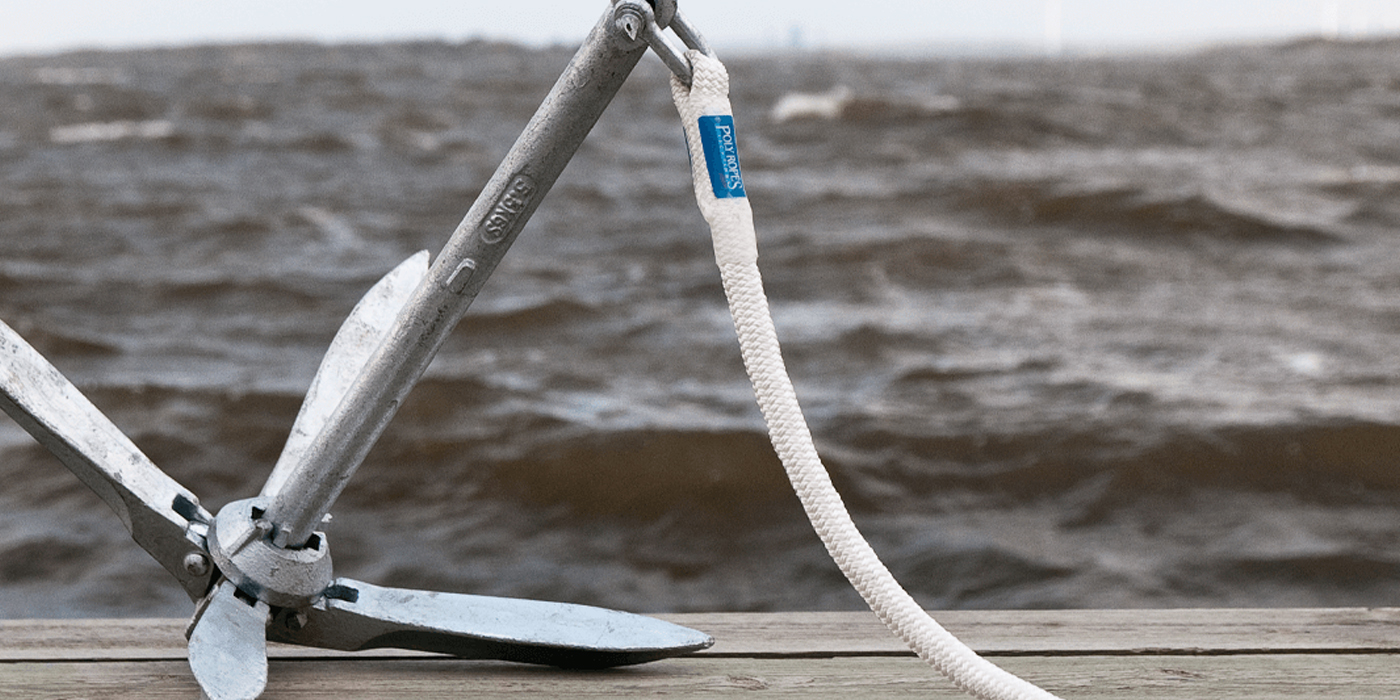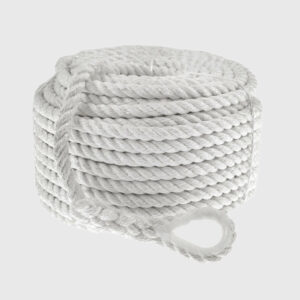Find the right anchor for your boat
Force anchor – The Bruce copy Force is a piece anchor, cast in one piece and available in stainless steel and hot-dip galvanised. This anchor attaches well to all types of bottoms – a real all-round anchor! This stainless steel anchor has a 10-year warranty and the hot-dip galvanised one a 5-year warranty.
Grapnor anchor – Our grapnor anchor ‘Dragg’ (umbrella anchor) is collapsible to take up the least amount of space in the boat. The anchor attaches well to a bed of dense seaweed or sand. Affordable and with a 3-year warranty. Click on the grapnor anchor below to see the weight you need for your boat.
The type of anchor for your boat
Finding the right anchor for your boat can be difficult. The size of the boat is a crucial factor. When you buy an anchor for the first time, it’s usually a grapnor anchor – as these are affordable and easy to store. This anchor works well for smaller boats under 25 feet, and for a bottom with dense seaweed and sand. For larger boats over 25 feet, we recommend a claw anchor.
Other types of anchors
A good flat anchor is the Danforth, for example, as well as countless other copies. However, Danforth is the best known. The anchor is best suited for sandy bottoms, but has difficulty attaching to rocks, seaweed and mud.
On wet bottoms such as sand, clay, mud and gravel, you may want to choose a piece anchor, such as the Force anchor, which ploughs deeper into the bottom.
In waters with a rocky bottom, the disc type anchor works best, however, you are limited by this type of anchor and problems can arise when retrieving the disc anchor. It can wedge itself between the rocks.
Galvanised or stainless steel anchor?
As a boat owner, you can’t control the conditions at the bottom of the sea, so it’s a good idea to choose an “all-round” anchor for your boat that can cope with different seabed environments. There are excellent models in both galvanised and stainless steel. If you choose a galvanised anchor, it is relatively cheap to buy and works almost as well as a stainless steel anchor.
Anchor weight:
Most anchor manufacturers specify their products in “top or maximum boat size“. This means that an anchor with a given weight should be able to hold the boat in optimal conditions. But unfortunately, conditions are not always optimal.
If you choose an anchor according to the nature of the seabed and with the right weight, you will have a good anchor that you can feel safe with in most weather conditions.
Ankarvikt tabell
| Båtvikt | Båtlängd | Ankarvikt |
| 2,0 ton | 7,0 m | 5,0 kg |
| 3,5 ton | 9,0 m | 7,5 kg |
| 6,0 ton | 11,0 m | 10,0 kg |
| 10,0 ton | 12,5 m | 15,0 kg |
| 20,0 ton | 14,5 m | 20,0 kg |
Anchoring Line
POLYESTER SPECIAL/STORM
POLY ECO
FLEXLINE
DOCKLINE
Our anchor lines – high quality and sustainability
To consider when using an anchor line
The anchor line should be securely attached to the boat and should be fastened with strong shackles to the boat’s anchor. When using an anchor line, the line should have a splice with thimble, stainless steel or nylon thimble (neutral). Alternatively, an old-fashioned knot can be used if there is no time for splitting. The rope itself should be able to absorb water and have some flexibility to prevent the anchor rope from lifting or jerking too much.
The lenght of the anchor line
The length of the line should be adapted to the depth of the areas you intend to sail in. For example, if it is a coast with relatively deep water, the anchor line should be at least five times the depth, but preferably 10.
Guide Ankarlina
| Båtvikt | Ankarlina dimension |
| 2,0 ton | 10 mm |
| 3,5 ton | 12 mm |
| 6,0 ton | 14 mm |
| 10,0 ton | 16 mm |
| 20,0 ton | 18 mm |





